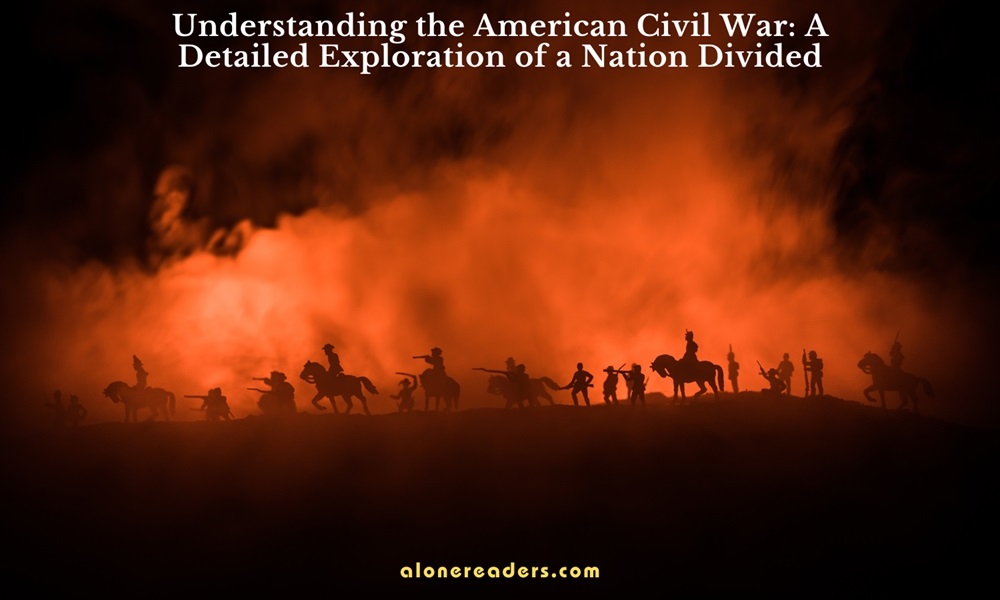
The American Civil War, a pivotal event in the history of the United States, was a struggle that tore the fabric of American society and politics apart. Lasting from 1861 to 1865, this war not only determined the survival of the Union but also brought profound changes to the nation. In this comprehensive overview, we will delve into the causes, major battles, and lasting impacts of the Civil War, offering a thorough understanding of this tumultuous period.
The American Civil War was precipitated by a complex mix of social, economic, and political factors, primarily centered around the issue of slavery. The industrialized Northern states, advocating for a free-labor economy, clashed with the agrarian Southern states, which depended heavily on slave labor. The debate over the expansion of slavery into new territories further fueled tensions.
In 1857, the Supreme Court's Dred Scott decision, which stated that Congress had no authority to prohibit slavery in federal territories, inflamed the already volatile situation. This ruling deepened the divide between the North and the South, propelling the nation closer to conflict.
The election of Abraham Lincoln as President in 1860 was the final straw for the Southern states. Viewing Lincoln as an abolitionist, seven Southern states seceded from the Union, forming the Confederate States of America. This unprecedented act of secession challenged the very existence of the United States.
The Civil War was marked by numerous battles, each playing a critical role in the outcome of the war.
The Battle of Gettysburg: A Turning Point
The Battle of Gettysburg, fought in 1863, is often considered the turning point of the war. This bloody battle, which resulted in a significant Union victory, halted the Confederate invasion of the North and boosted Union morale.
The Siege of Vicksburg: Splitting the Confederacy
Another decisive moment was the Siege of Vicksburg, which culminated in the Union gaining control of the Mississippi River, effectively splitting the Confederacy in two.
The Civil War also saw significant advancements in military technology and tactics. The use of railroads, telegraph, and more lethal weaponry like the Minie ball and ironclad ships transformed traditional warfare, making the Civil War one of the first modern wars in history.
In 1863, President Lincoln issued the Emancipation Proclamation, declaring all slaves in Confederate-held territory free. This pivotal move not only altered the nature of the war, making it a fight against slavery, but also paved the way for the eventual abolition of slavery in the United States.
The end of the Civil War in 1865 marked the beginning of the Reconstruction era, a period of rebuilding and integrating the Southern states back into the Union. This period was fraught with challenges, including the protection of newly freed African Americans' rights and the reintegration of Confederate states.
The American Civil War left an indelible mark on the nation’s history. It resolved the issue of secession and slavery, leading to the passage of the 13th, 14th, and 15th Amendments, which transformed the constitutional landscape of the United States. The war’s legacy continues to influence American society and politics, reminding us of a time when the nation was deeply divided yet emerged stronger.